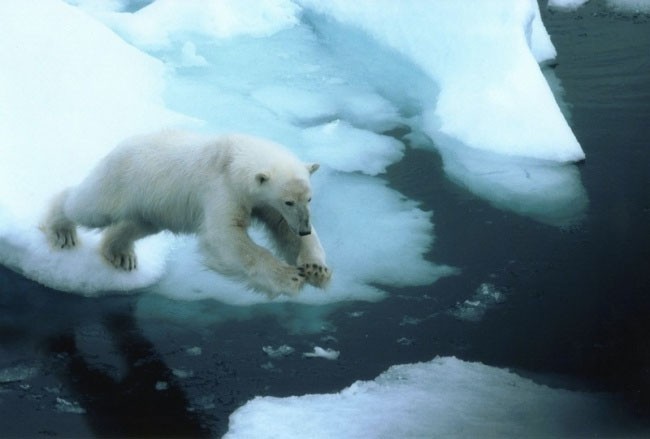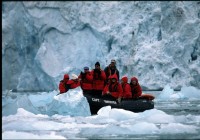
Correlation between cloudy springs and melting ice
ADVERTISEMENT
The study, conducted by PhD student Marie-Louise Kapsch at Stockholm University, investigates the previously unidentified causes for the great variations found in the records of melting sea ices in the Arctic. While the long-term trend shows a drastic decline in the sea ice cover over the last decades, there are great short-term variations and the yearly ice cover can differ in size with as much as 27 percent.
Kapsch’ study, which examines the contribution of atmospheric factors to the melting of sea ice, finds a correlation between exceptionally low ice coverage rates and warmer and more humid spring seasons than average. The higher temperatures and humidity levels lead to more cloud formation and, by consequence, more long-wave radiation of sunlight, which speeds up the melting process. As a result, the melting phase starts earlier in the spring and reduces the albedo effect and thus accelerates the melting process, which helps explain the significant yearly variations.
“The atmospheric conditions during spring are very important for the extension of the ice cover during the rest of the year. This [study] is an important step to understanding large-scale patterns and it shows one reason for why the ice cover varies from year to year”, says Kapsch in an article published in Extrakt.
“When we know more about the variations we will hopefully be able to predict them better in the future”, says Kapsch, underlining its importance both for the climate and for sea transport in the High North.


